Netsuke collecting is popular all throughout the world. Pronounced as “net-ski,” they are not just functional pieces in the traditional Japanese wardrobe as Netsuke figures are miniature works of art.
Today, antique Netsuke figurines are collector’s items valued for their excellent craftsmanship and historical significance.
First worn during the Edo Period in 17th century Japan, these toggles caught the fancy of European travelers in the 19th century.
At that time, oriental designs were popular in the west. They are collected as miniature figurines as they are just about an inch in height.
Often called Netsuke beads, they serve as toggles or purse stoppers, to a string attached to the kimono sash or obi. The kimono does not have pockets so Japanese men and women carry their personal effects inside pouches or small boxes. These small packets are anchored onto the sash by a wood or ivory Netsuke.
What to look for in a collectible Netsuke?
Wearing fancy jewellery was unheard of in the ancient Japanese culture. Instead, carved Netsuke figurines were the mode of personal expression. When looking for a collectible Netsuke, there are several factors to consider to ensure you are making an informed and thoughtful choice. Here are some key aspects to look for:
• Good craftsmanship in Netsuke beads
Assess the level of craftsmanship and attention to detail. High-quality Netsuke often exhibit intricate carving, fine detailing, and a sense of artistic skill. Look for smooth surfaces, well-defined features, and a cohesive design.
The quality of Netsuke figurines vary as they are widely available throughout Japan and kimono shops all over the world. Netsukes can be made from wood, ivory, shell, bone, metal, and clay. Themes include animals and people. Deities and mythical animals used in Netsuke designs were said to ward off evil spirits.
Back in the days of ancient Japan, ivory Netsuke figurines were preferred by affluent gentlemen. Finely carved Netsuke figurines are works of art by their own right. Netsuke figures range from one to three inches and were painstakingly adorned with details by the maker by hand.
The material can significantly impact the value and aesthetics of the Netsuke. Some collectors may have preferences for specific materials or be mindful of legal and ethical considerations, especially regarding the use of ivory.
• Practically-designed Netsuke carvings
Miniature Netsuke is often intricately designed with details. However, a good quality Netsuke should not have rough edges or protruding parts that might catch on the wearer’s kimono.
Netsuke holes are punctures where the rope is threaded into. These holes are typically found at the back. Sometimes, the hole is part of the design as they are artistically placed between an animal leg or tail.
Netsuke can depict a wide range of subjects, including animals, mythological creatures, daily life scenes, and more. Consider your personal preferences and interests when selecting a Netsuke. Some collectors may focus on specific themes or subjects that resonate with them.
• Signed antique Japanese Netsuke
Check for the artist’s signature or markings. Some Netsuke are signed by the artist, and this can add to the piece’s authenticity and value. Learn about notable artists and their signatures to help identify the origin of the Netsuke.
Netsuke collectors aim to acquire pieces with an artist’s signature. Well-known carvers were Kiagyokusai Masatsugu, Rio Kawara, to name a few. Rare Netsuke dates back from the Edo period or the 17th century.
• Condition
Assess the overall condition of the Netsuke. Look for any signs of damage, wear, or restoration. Excellent condition can contribute to the value of the piece. Be aware that some wear may be acceptable, especially in antique Netsuke, but extensive damage may impact the collectible’s desirability.
If possible, inquire about the Netsuke’s history and provenance. Knowing the piece’s origin and ownership history can provide insights into its authenticity and cultural significance.
Value of Netsuke figurines
The value of netsuke figurines can vary greatly depending on various factors, including the material, craftsmanship, subject matter, rarity, age, condition, provenance, and market demand. Netsuke figurines can range from affordable options to high-end collectibles that can fetch substantial prices. It is important to note that the prices mentioned here are approximate and can fluctuate based on various market conditions. Here are some general guidelines regarding the value of netsuke figurines:
1. Lower-End Netsuke: Basic or mass-produced netsuke figurines made of materials such as resin or affordable synthetic materials can be found in the range of $20 to $100. These figurines may not possess significant artistic or historical value but can still be appreciated for their aesthetic appeal.
2. Mid-Range Netsuke: Well-crafted contemporary netsuke made of materials like boxwood, bone, or antler by skilled carvers can range from $100 to $1,000. These often display intricate details, artistic creativity, and maintain a balance between quality and affordability.
3. High-End and Rare Netsuke: Exceptionally well-carved or historically significant vintage or antique netsuke figurines made of premium materials, such as ivory or rare woods, can command prices ranging from $1,000 to several thousands of dollars or even more. The rarity, quality of craftsmanship, subject matter, and desirability among collectors contribute to the higher prices.
4. Masterpieces and Renowned Carvers: Netsuke figurines created by renowned carvers, considered masterpieces, or associated with highly collectible names can reach even higher price ranges. These exceptional works of art can often sell for thousands or tens of thousands of dollars, and in some cases, even higher.
It is worth noting that restrictions on the sale and import of ivory netsuke exist in many countries due to conservation concerns. The laws and regulations surrounding the trade of ivory netsuke can affect both the availability and pricing of these particular pieces.
As with any collectible item, the cost of netsuke is subjective and can vary based on the individual buyer’s preferences and budget. Serious collectors should consult reputable dealers, auction houses, or experts in the field to ensure they are acquiring authentic pieces at fair market prices. Additionally, factors such as condition, provenance, and rarity should be carefully considered when determining the value and pricing of netsuke figurines.
High Demand of Netsuke figurines
Today, there is still a high demand of these mini Japanese figurines as souvenir items. Contemporary Netsuke collectibles, which are mostly made of wood or resin, are merely priced as novelty items at $2 top $4 per piece. An unsigned Netsuke from the 18th century can be pegged between $1,500 to $2,000.
Aesthetics still determine the desirability of these charming kimono toggles. Exquisitely carved figures and rare Netsuke made by famous artists are valued at $12,000 to $20,000.
Beware of those sellers marketing their purse stopper beads as “genuine” and “bona fide” as they might just be fakes. Many Netsuke forgeries are sold outside Japan, usually in Hong Kong, and in the internet.
They are usually sold cheap from $1. Most of these counterfeits are actually resin and collectors are made to believe they are made of amber or boxwood. Thus, unwary Netsuke collectors are often tricked into paying unnecessary insurance costs and postage price.
How to spot a fake Netsuke carving?
Authentic ivory Netsuke has visible fine lines when closely inspected. It also feels cold and heavy to hold. Real ivory Netsuke figures have sepia tints to highlight the design details.
- Fake Netsuke figurines made of resin do not have the “veins” and patina of the real ivory. Imitation Netsuke is often lightweight.
- If you have purchased a Netsuke which you suspect might be fake, try inserting a heated needle into the Netsuke base. Resin Netsuke figures will show signs of melting. Netsuke fakes are also poorly rendered in detail. Some do not even have holes for the cord.
In conclusion, netsuke figurines hold immense value for collectors and enthusiasts due to their intricate craftsmanship, cultural significance, and artistic appeal. These miniature sculptures offer a glimpse into Japanese history, culture, and mythology, with each piece embodying stories and symbols deeply rooted in the country’s heritage. Collecting netsuke allows enthusiasts to appreciate the mastery of the artisans, explore the richness of Japanese culture, and study the evolution of this traditional art form. With their rarity, historical context, and enduring aesthetic value, netsuke figurines represent remarkable treasures that continue to captivate and inspire those who appreciate their beauty and cultural significance.

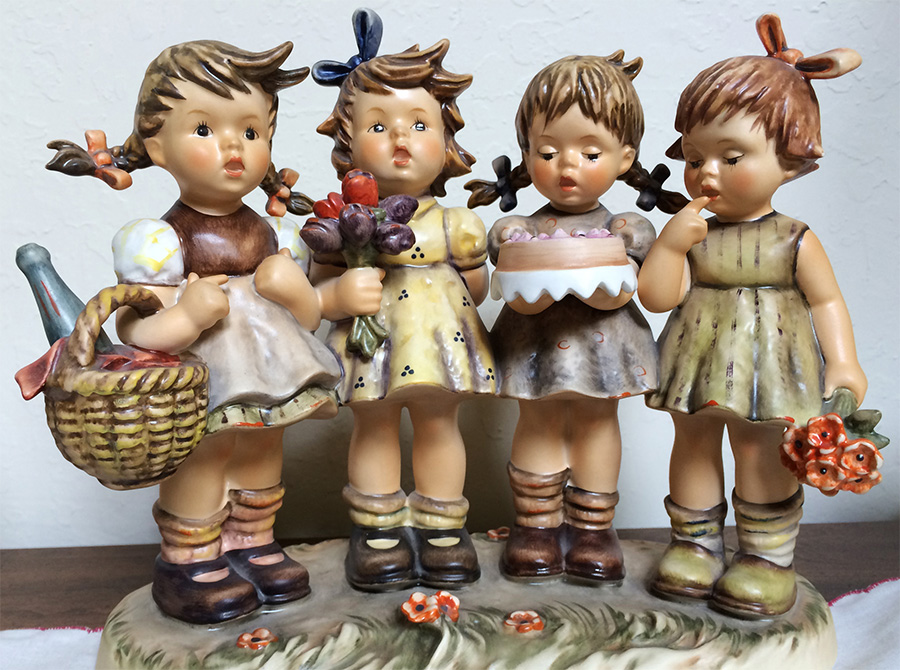

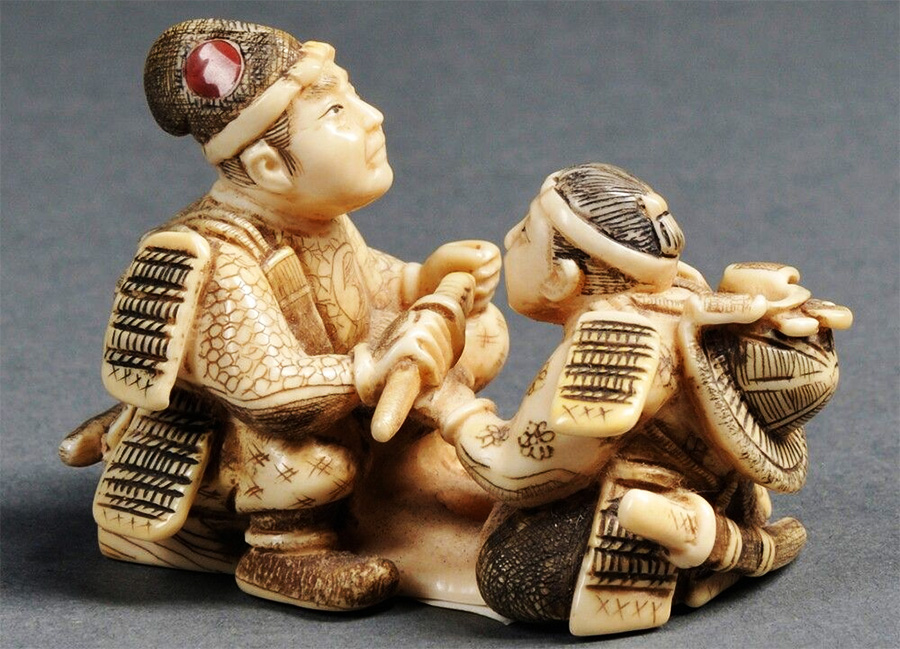
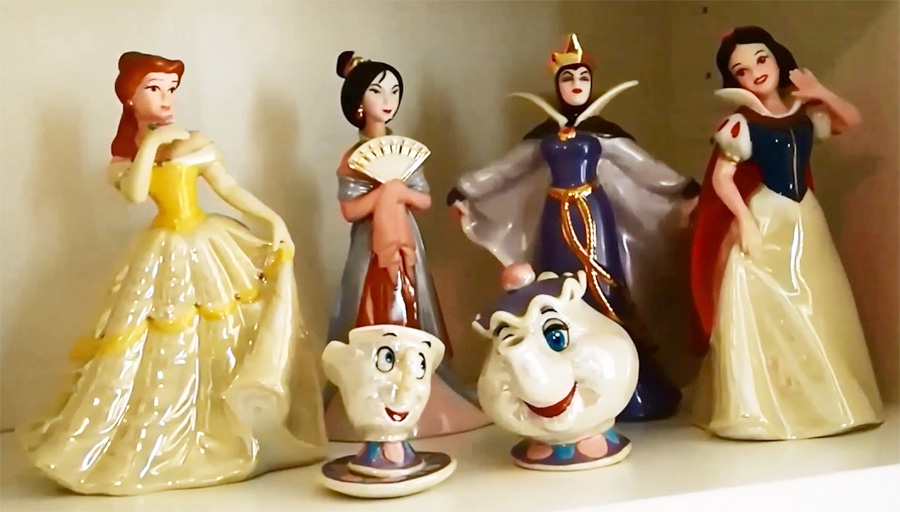
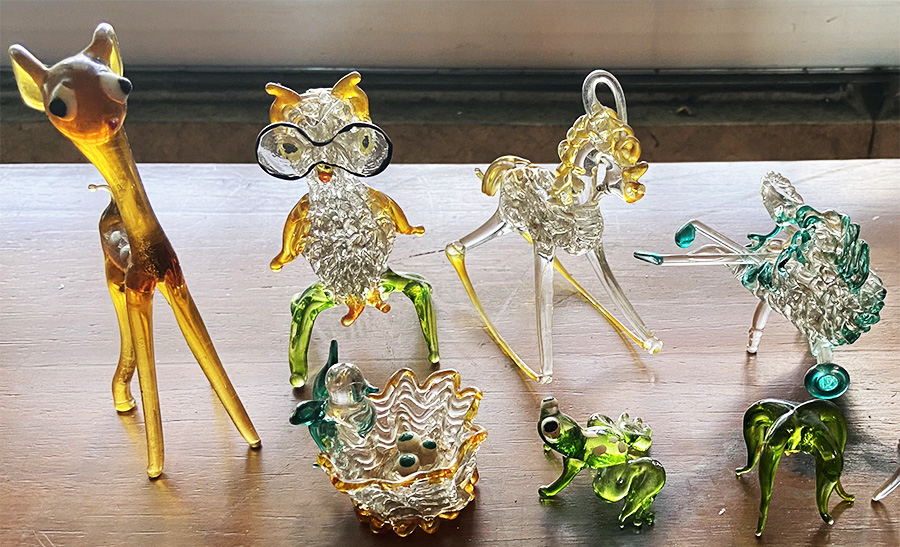

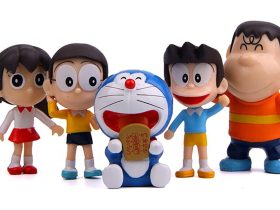
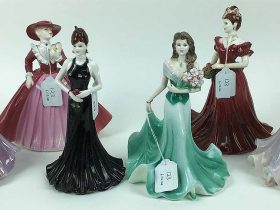
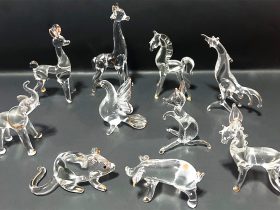
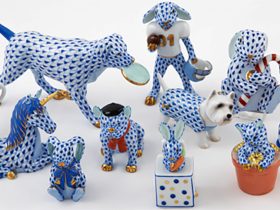
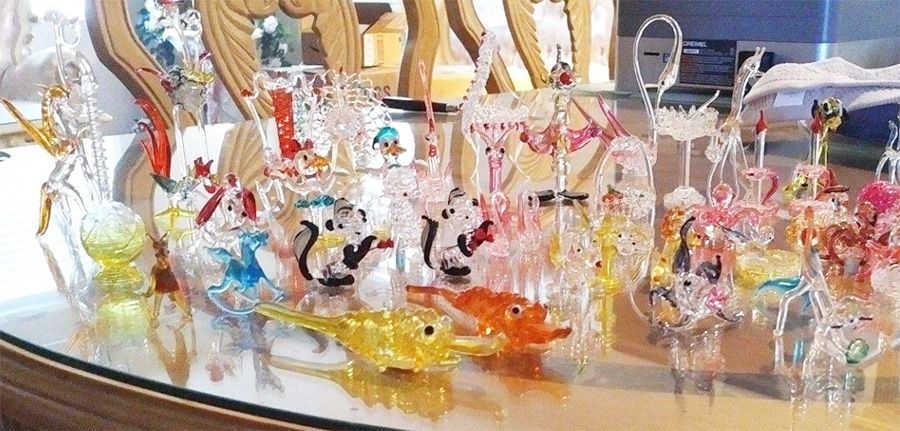
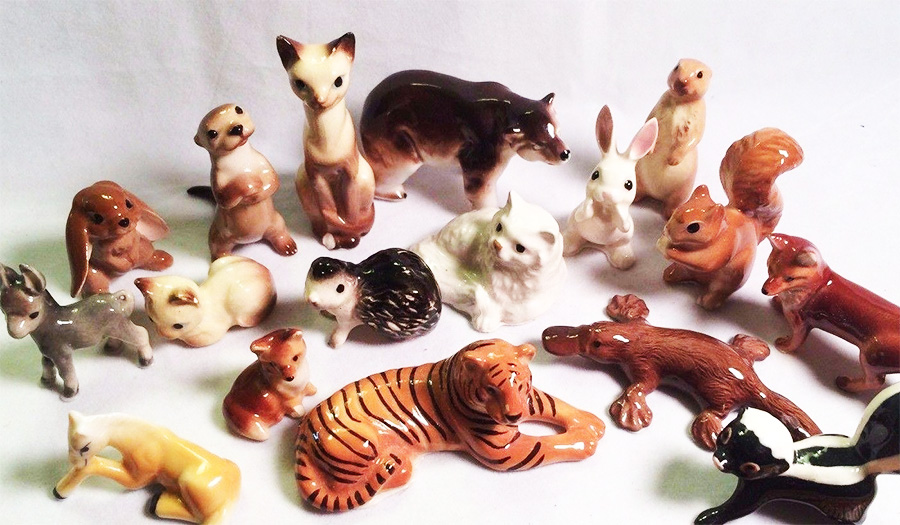
Leave a Reply